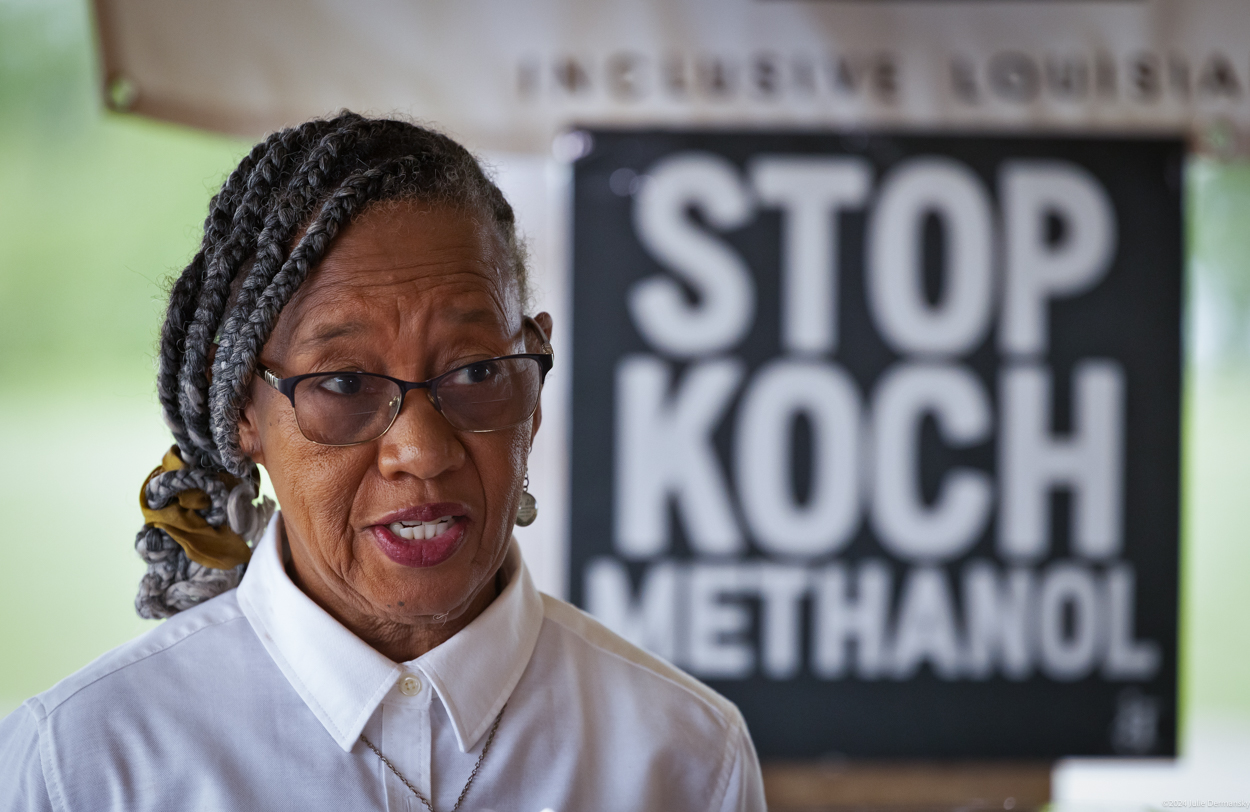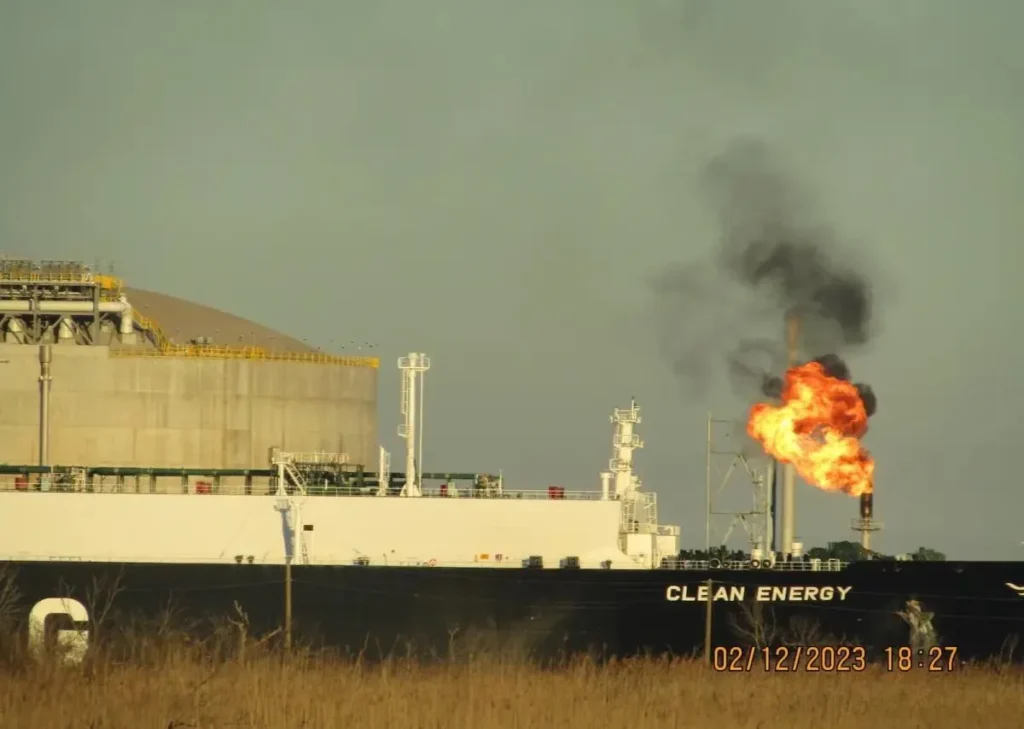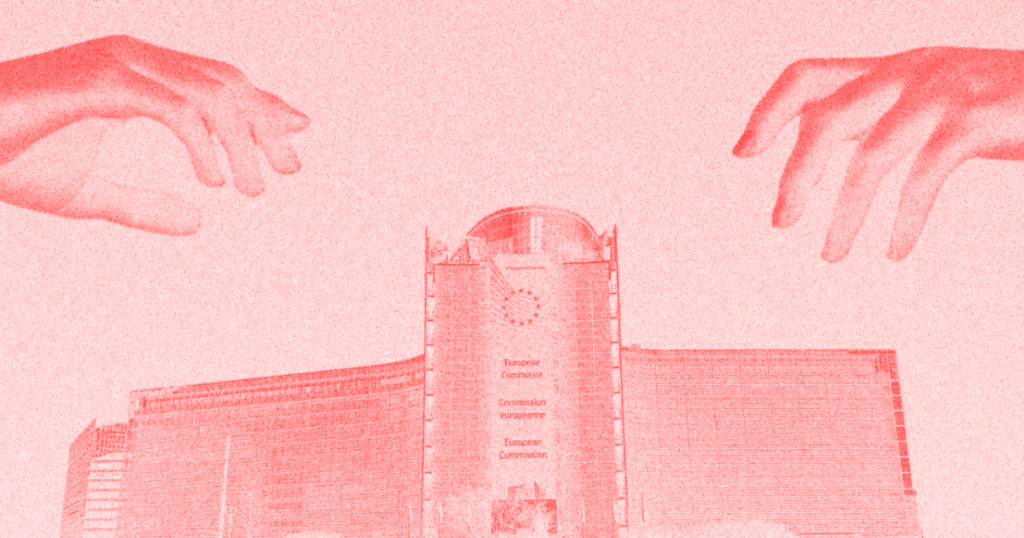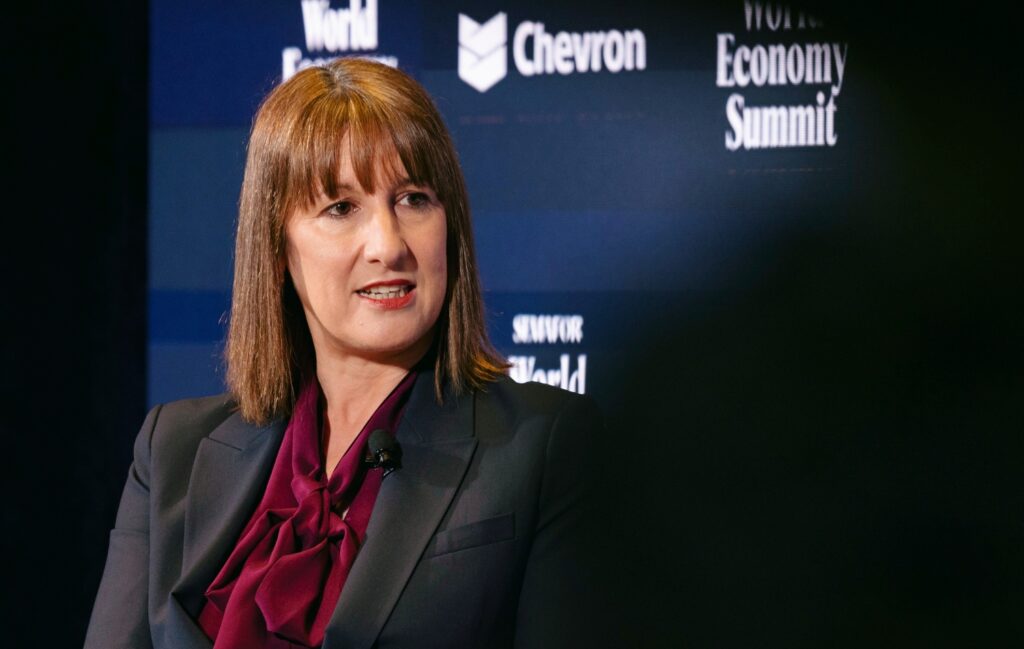Leaders in the fight for clean air from Louisiana’s Cancer Alley joined the Environmental Protection Agency’s Administrator Michael Regan on April 9 in Washington, D.C., for the announcement of a new rule governing air toxics-spewing chemical plants. The rule is intended to prevent cancer in surrounding low-income and minority communities.
The announcement represents a milestone for environmental justice in communities historically overburdened by air-toxics pollution. But a growing number of proposed industrial projects threaten to further pollute the mostly low-income Black neighborhoods along the Mississippi River between Baton Rouge and New Orleans — already home to a large number of petrochemical plants and refineries.
Robert Taylor, leader of the Concerned Citizens of St. John the Baptist Parish, and Sharon Lavigne, head of RISE St. James, expressed gratitude to Regan for setting the new rules. They praised him for following through with his promise to help their communities, though both activists are painfully aware that the fight for environmental justice is far from over.
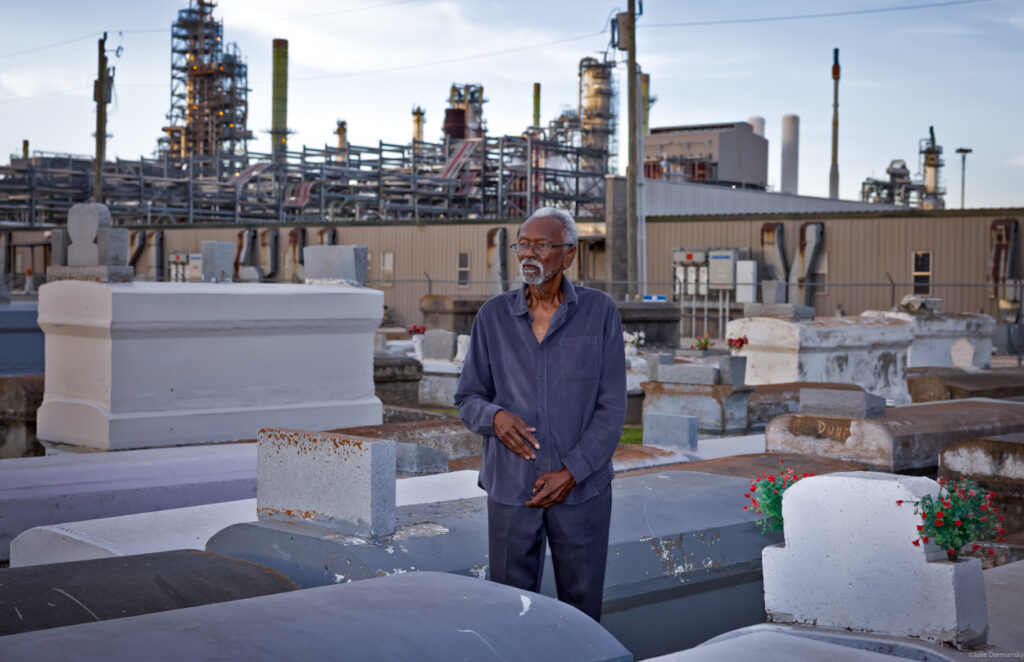
The EPA stressed that the regulations, which pertain to synthetic organic chemical plants and polymer- and resin-producing facilities, will dramatically reduce the risk of elevated air toxics-related cancer in communities surrounding plants that emit ethylene oxide (EtO), chloroprene, and other dangerous chemicals, officials said. Rules pertaining to EtO and chloroprene have been years in the making.
The new regulations for EtO, chloroprene, benzene, vinyl chloride, 1,3 butadiene, and ethylene dichloride emissions pertains to over 200 manufacturing facilities across the nation that emit one or more of the hazardous chemicals.
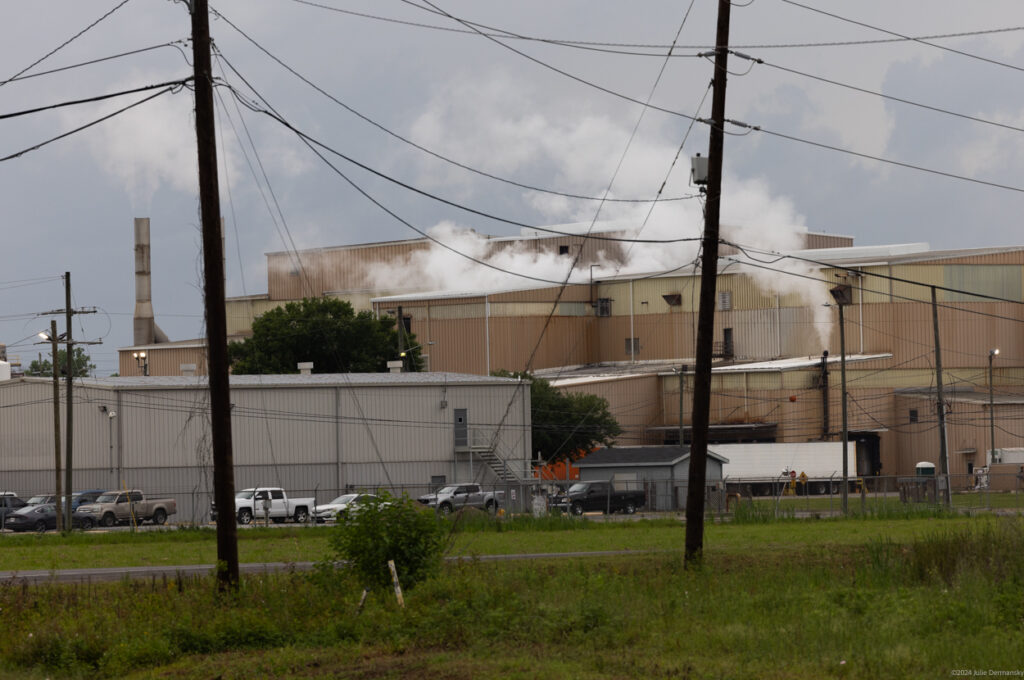
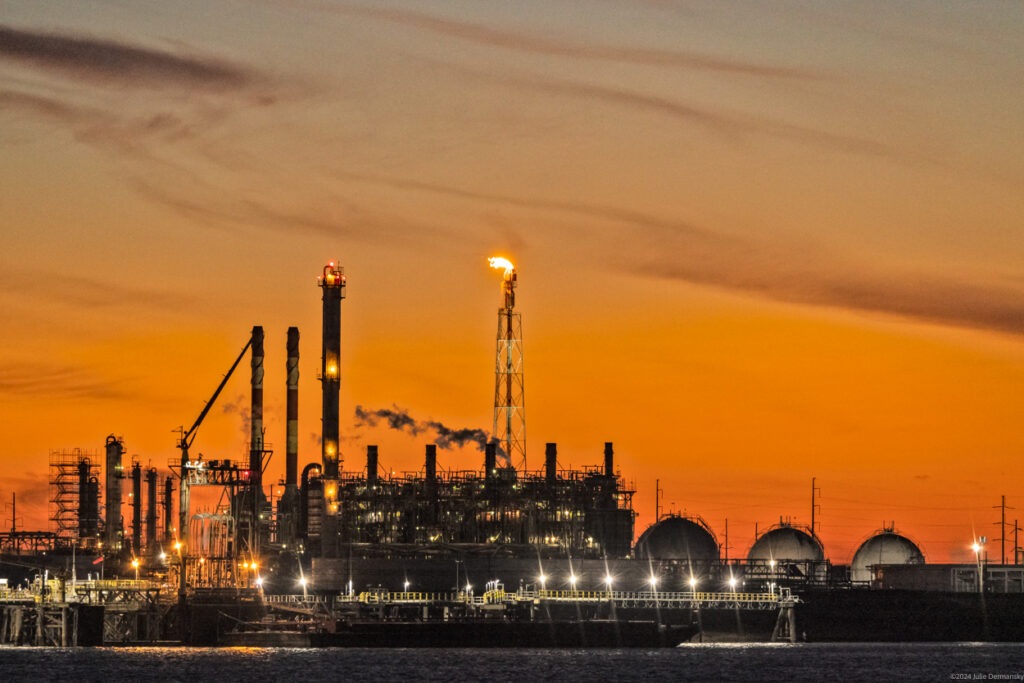
On April 8, RISE St. James and Inclusive Louisiana, another Cancer Alley community advocacy group in St. James, held back-to-back press conferences before meeting in court to challenge St. James Parish officials for permitting Koch Industries’ planned expansion of its looming methanol plant in St. James, which is already underway.
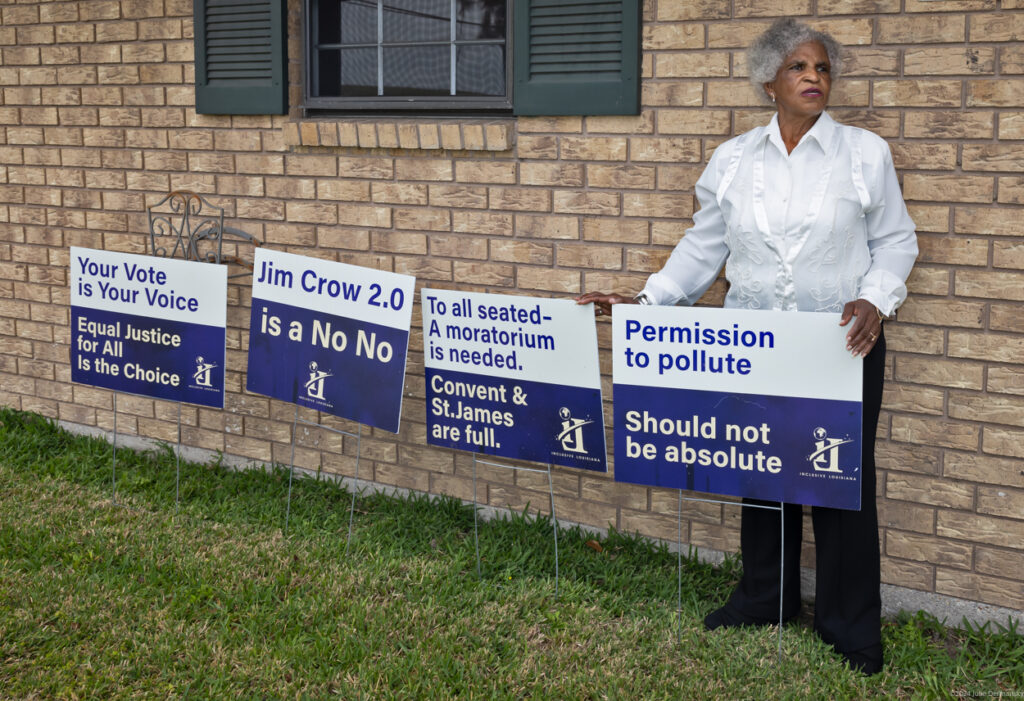

Community members argue that the parish council didn’t weigh the potential damage from the plant’s pollution against its economic benefits. “We have had enough of them telling us about jobs and the economy when our health is suffering,” Barbara Washington, one of the founders of Inclusive Louisiana, said before the hearing began. Gail LeBoeuf, another founding member of Inclusive Louisiana, concurred, adding that the economic gains to the community from the plant expansion are negligible.
The “parish and Koch attorneys say the groups have misread and misapplied the parish’s land-use laws and engaged in ‘hyperbole’ over the expansion’s pollution levels and its possible health impacts on its neighbors,” according to the Advocate, a Louisiana newspaper.
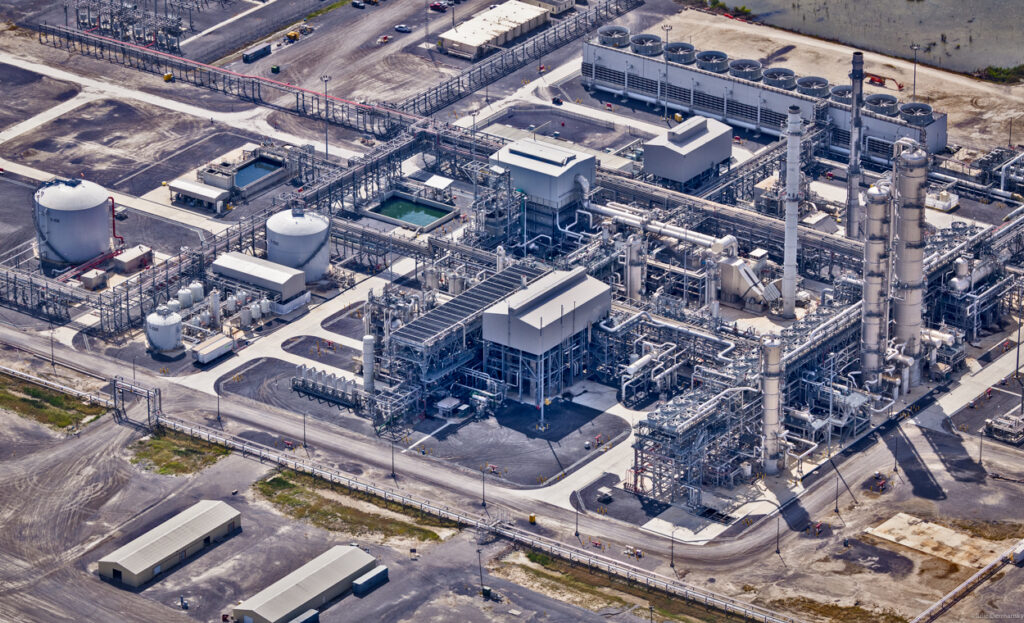
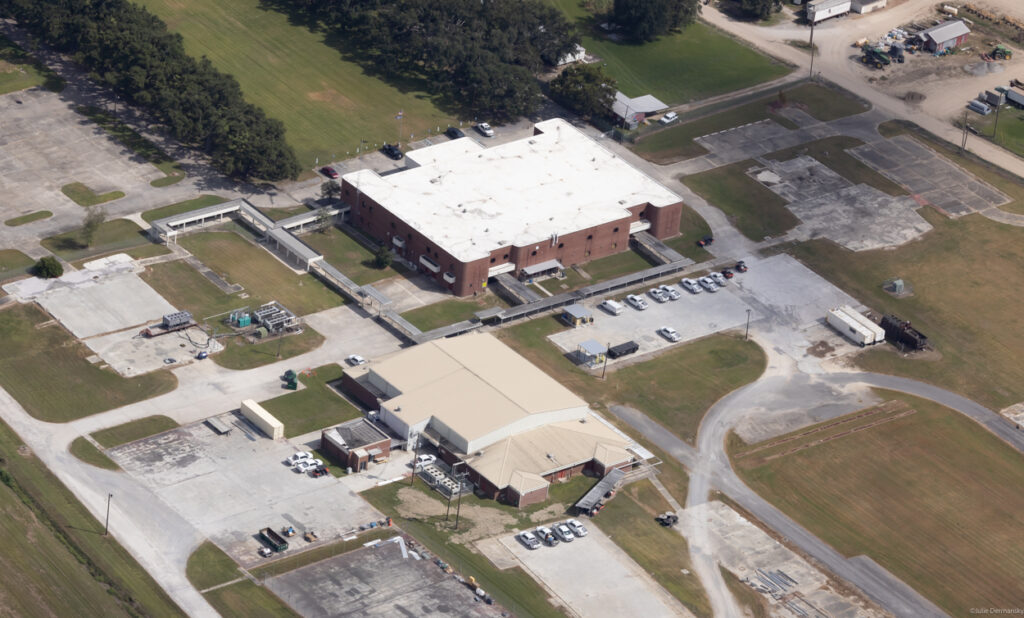
The fact that Koch Industries’ administrative office is located in a former high school, which Yuhuang Chemical Industries bought from the parish’s school board a few years ago before selling it to Koch, shows how the parish favors industry over community concerns, according to members of RISE St. James and Inclusive Louisiana. They allege that the sale of the facility, which had been renovated shortly before its sale to a chemical company, was part of the parish’s plan to depopulate the Fifth District, where Formosa Plastics plans to build its massive petrochemical complex.
Members of the Descendants Project, another Cancer Alley community group, attended the St. John the Baptist Parish’s council meeting held on April 9, to voice opposition to a vote the council held to weaken environmental protections already in place. The council voted 7 to 2 to alter its zoning rules — which in turn granted a waiver to Greenfield LA to exempt them from a 2,000-foot setback, bringing the company one step closer to building a proposed grain elevator project. The controversial facility, if realized, will subject the community to additional air pollution. The Descendants Project asserts the grain elevator will destroy its community’s way of life by further industrializing the once pastoral region. Greenfield, like Koch, contends that its project will be an asset to the community and will not harm it.
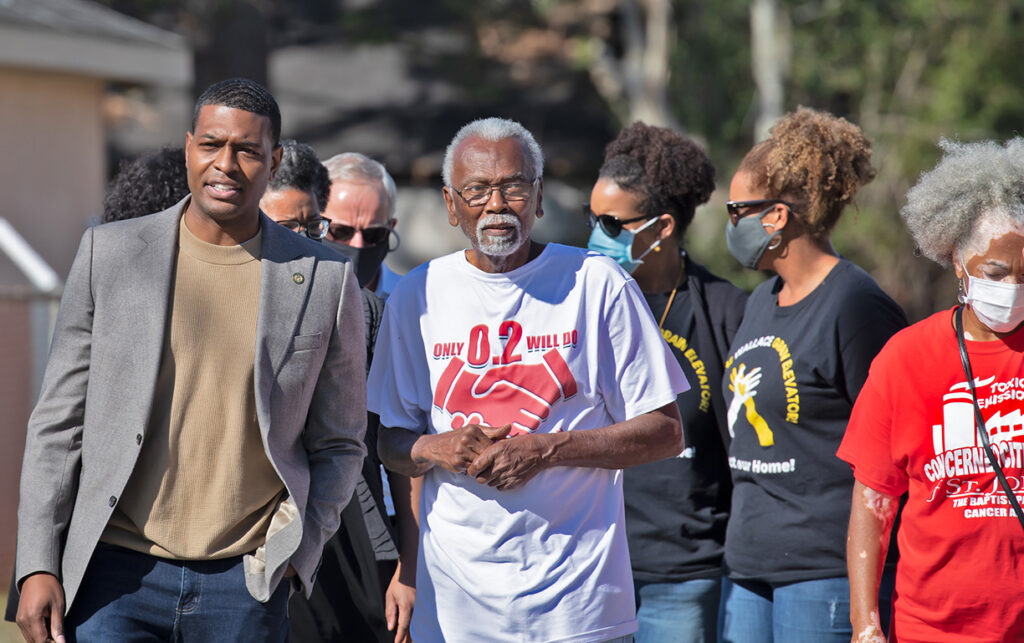
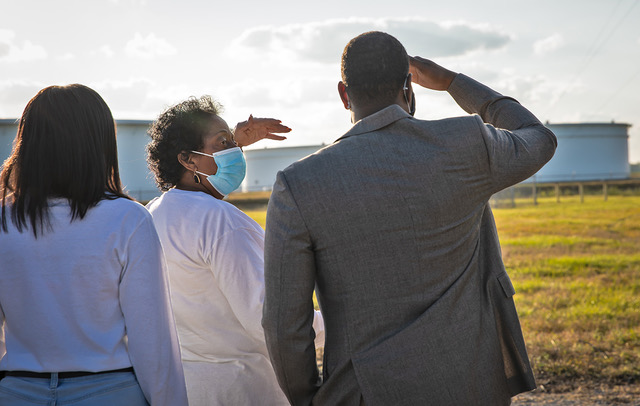
At the announcement of the new EPA rule, Regan reflected on his first visit to Robert Taylor’s community in November 2021 on his “Journey to Justice” tour. He said the Black students at the Fifth Ward Elementary School who were exposed to chloroprene emissions from the nearby Dupont/Denka manufacturing facility, reminded him of his son. Regan said that listening to Cancer Alley community members and others exposed to toxic chemicals across the Gulf south during that trip inspired him to use his “bully pulpit” to protect them as much as he could, and praised the Biden administration for directing him to do so.
Before the new rule was announced, Taylor, whose community has the dubious distinction of being the only one in the U.S. exposed to EtO and chloroprene, expressed concern to me that despite the new EPA regulations, the children that go to the Fifth Ward Elementary School will continue to be bombarded with toxic emissions until the rule is enacted. He is outraged that students still attend the school, and he can not understand why, even after the EPA sent a highly critical letter to the Louisiana Department of Environmental Quality (LDEQ) and the state’s Board of Health that encouraged the state regulators to direct the St. John the Baptist School Board to relocate the children.
The EPA does arguably have the power to shut down the plant, though it would not give me a yes or a no when I asked the agency if it does. When the EPA had the Department of Justice file a complaint against Denka in 2023, it cited an emergency power granted in Section 303 of the Clean Air Act that not only empowers the agency to take legal action, but also to use its authority to address risks before they cause harm. This includes the ability to stop a facility from operating for at least 60 days while other measures are being considered if the EPA deems its emissions to be an imminent and substantial endangerment to the public health or welfare of the environment.
Lavigne, who won the Goldman Environmental Prize for her efforts fighting against petrochemical plants in 2021, had to walk back her claims of victory against Formosa Plastic’s proposed multi-billion-dollar plastic manufacturing complex earlier this year. Louisiana’s First Circuit Court of Appeals affirmed the LDEQ’s decision to issue air pollution permits for the project, which a lower court had revoked in 2022.
RISE St. James continues to call on the Biden administration to protect its community by directing the the U.S. Army Corps. of Engineers to deny Formosa Plastics a permit to build in designated wetlands. In November 2020, the Corp. revoked a permit it issued to the company after acknowledging errors in its original analysis.
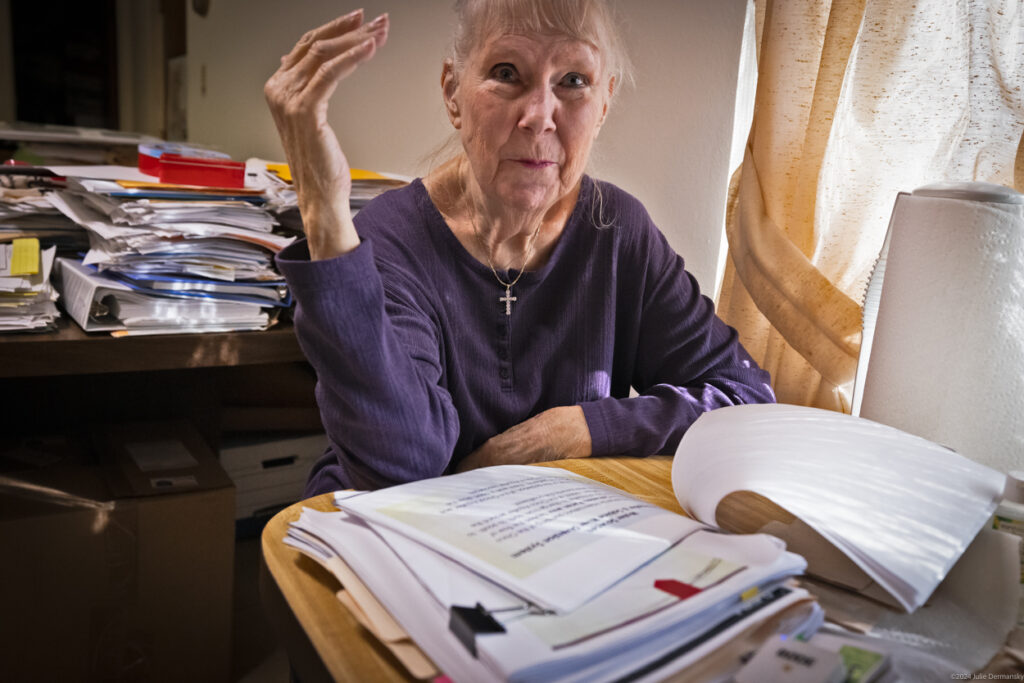
Environmental scientist and community advocate Wilma Subra, who was part of a team of environmental justice advocates that advised the EPA on the finalized rule on chemical plants, was hesitant to hail the new regulation as a major victory. “While there is a lot to cheer about,” she told me on a call after the rule was announced, “only time will tell if they will ever be enacted.”
Subra noted that legal challenges and/or a change in who is running the White House could derail the rule from being enacted. And even if the new rule is put in place, the companies impacted by it have a grace period between 90 days and up to two years to comply with different requirements included in it. Meanwhile, Louisiana is poised to welcome more polluting facilities to Cancer Alley and to allow existing ones to expand.
Like Taylor, Subra is dismayed that students still attend the Fifth Ward Elementary School. She warned school board members in 2023 about the cumulative health impacts that exposure to nearby toxic emssions can have, especially on children.
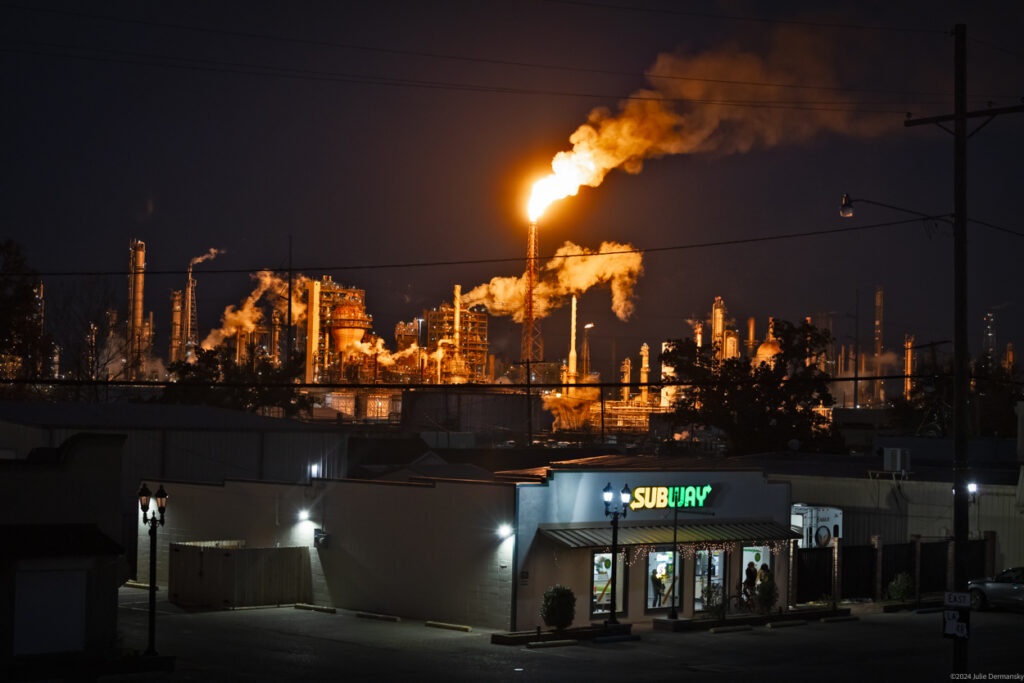
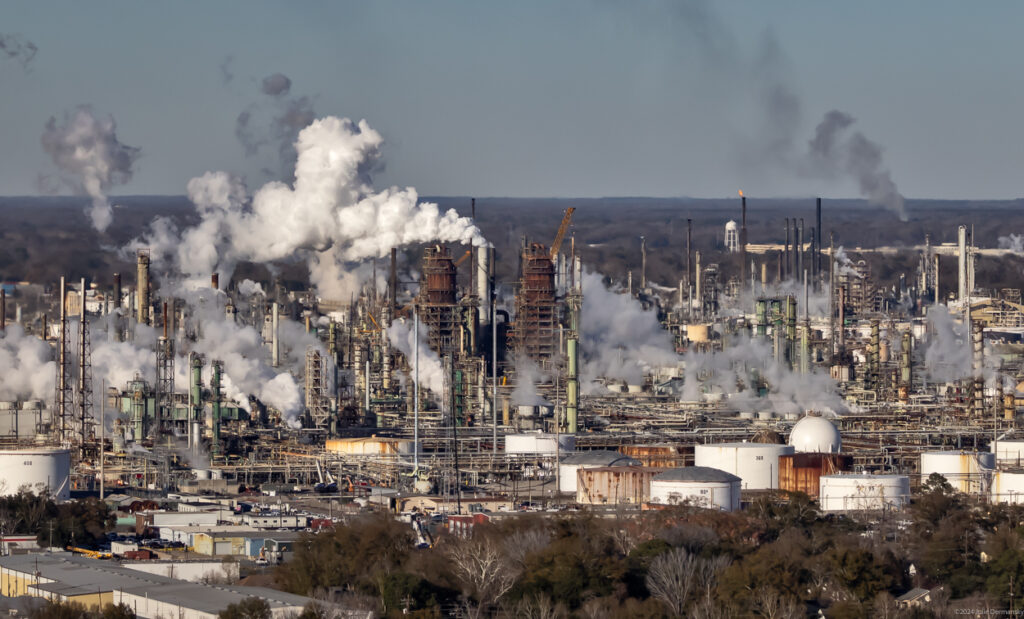
Subra also pointed out that with more extreme weather events predicted by climate scientists due to climate change, like the cold snaps in south Louisiana this winter when temperatures dipped below freezing for a few days in a row, chemical plants often release toxic emissions well beyond their permitted levels. While the new rule could lead to a decrease in some toxic emissions when these types of pollution incidents occur, it is unclear how much impact the new rule could have during these events.
Subscribe to our newsletter
Stay up to date with DeSmog news and alerts


